Hyundai’s Ioniq 6 to reach 610 km range
After Hyundai recently revealed the design of the new Ioniq 6, the technical data and further details now follow. The aerodynamic electric sedan is expected to have a WLTP range of up to 610 kilometres – around 100 kilometres further than the Ioniq 5.
The 610 kilometres apply to the Ioniq 6 with the 77.4 kWh battery – however, this (as well as all other range and fuel consumption figures) is still a provisional value at the moment. Hyundai will publish the final data shortly before the market launch. Moreover, the 610 kilometres are only possible in combination with rear-wheel drive and 18-inch rims. As with the other E-GMP models, the rear-wheel drive produces 168 kW in combination with this battery.
By comparison, the significantly less aerodynamic Ioniq 5 comes to a WLTP range of 507 kilometres in the new model year with the same battery-drive combination, while the Kia EV6 is quoted at up to 528 kilometres. At the market launch, the Ioniq 5 was still delivered with a 72.6 kWh battery; here, a maximum of 480 kilometres were possible in the standard test with rear-wheel drive.
The all-wheel drive version with a second electric motor on the front axle, familiar from the Ioniq 5 and Kia EV6, is also possible. The top model offers 239 kW of system power, 605 Nm of torque and needs 5.1 seconds to sprint from 0 to 100 km/h. A range is not yet available for this version. A range is not yet known for this version.
New basic battery with 53 kWh
The basic battery is different from the Ioniq 5 and EV6: instead of 58 kWh, the Ioniq 6 has a 53 kWh battery. Hyundai has not yet specified a range for this variant, but it should be around 400 kilometres. Only the fuel consumption of the basic Ioniq 6 is known: with less than 14 kWh/100km in the WLTP standard, it is supposed to be one of the most energy-efficient vehicles on the market. Among other things, the body contributes to this with a drag coefficient of 0.21. A direct conversion of the WLTP consumption into the WLTP range is not possible, as the WLTP consumption is determined including charging losses, but the range is not.
The 800-volt charging system of the E-GMP models remains unchanged: with the large battery, the Ioniq 6 can charge from 10 to 80 per cent in 18 minutes – Hyundai does not state the maximum charging power in the announcement, but it is likely to peak at 240 kW, similar to the EV6 with this battery. The maximum charging power for the new 53 kWh battery is also not mentioned, but the charging time of 18 minutes also applies.
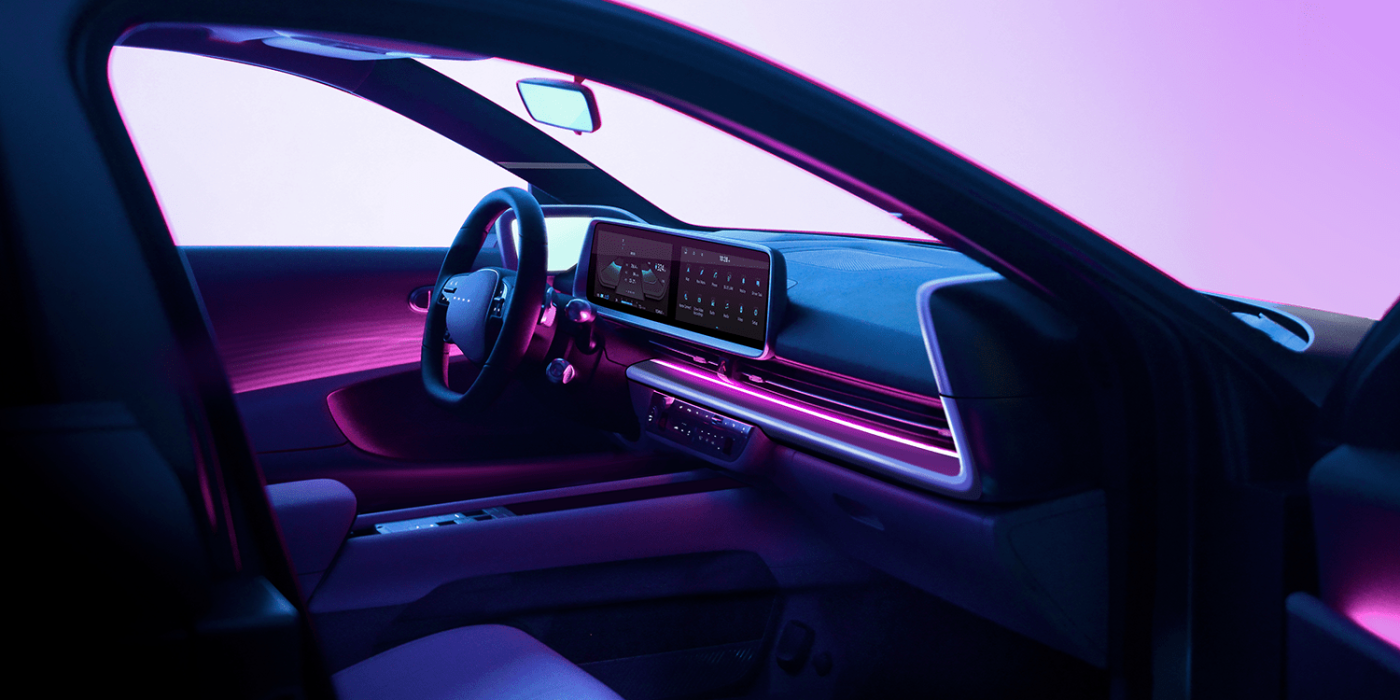
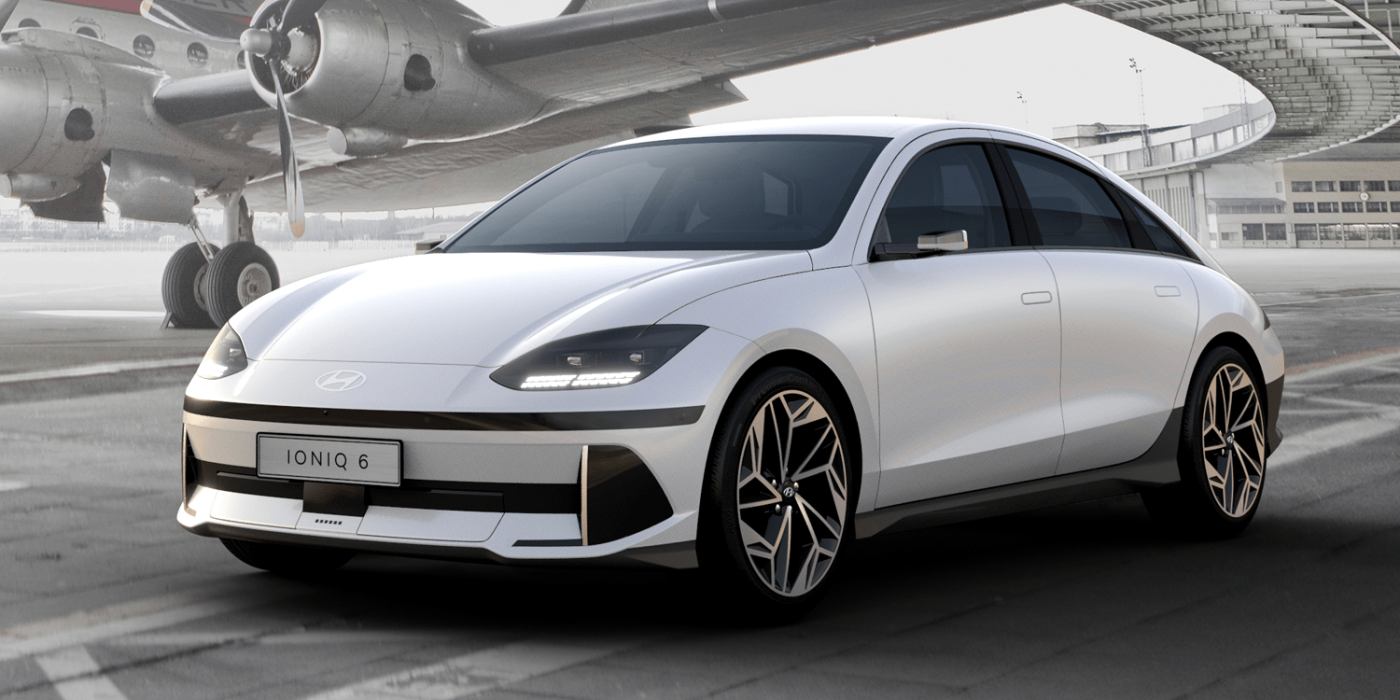
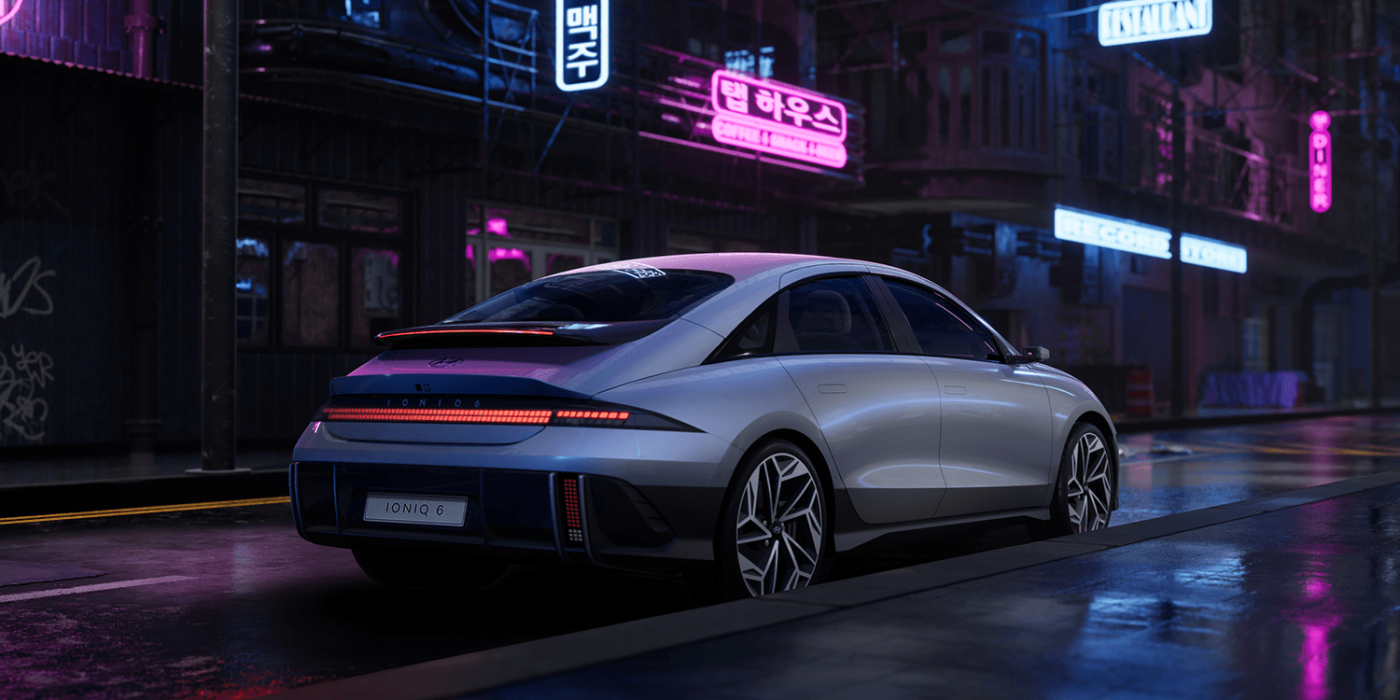
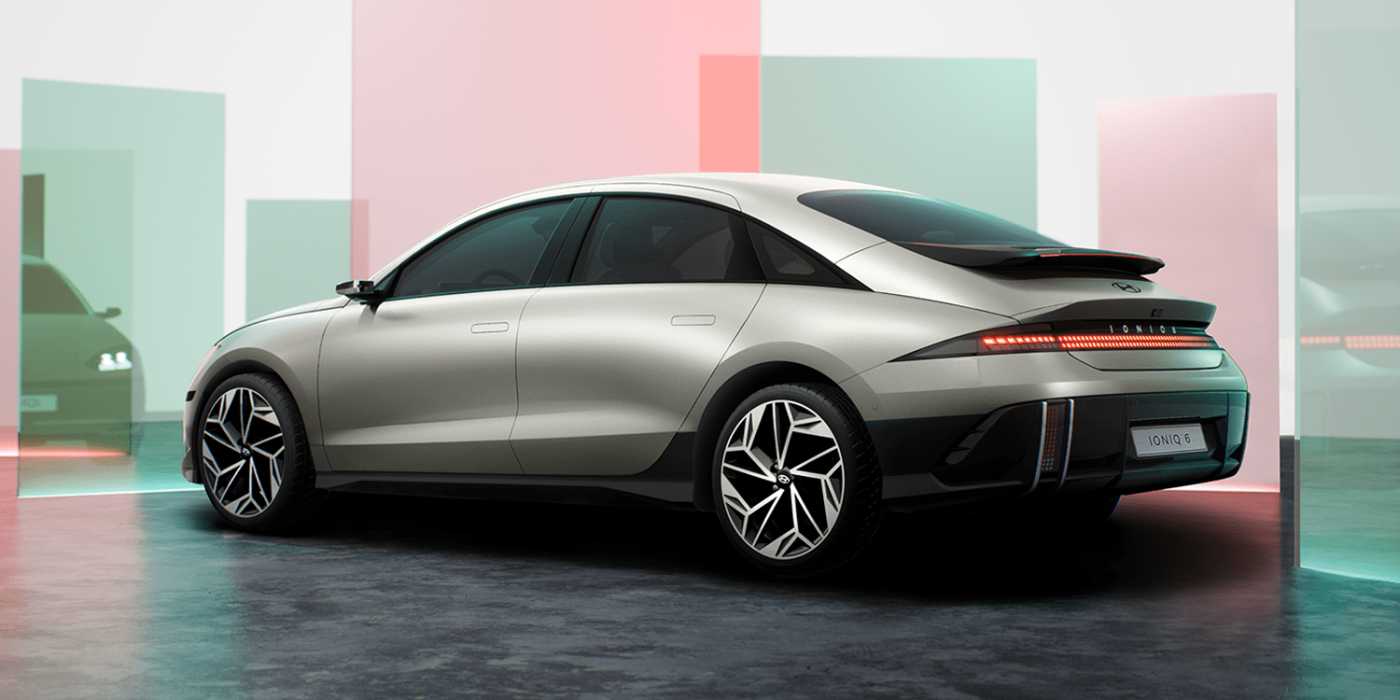
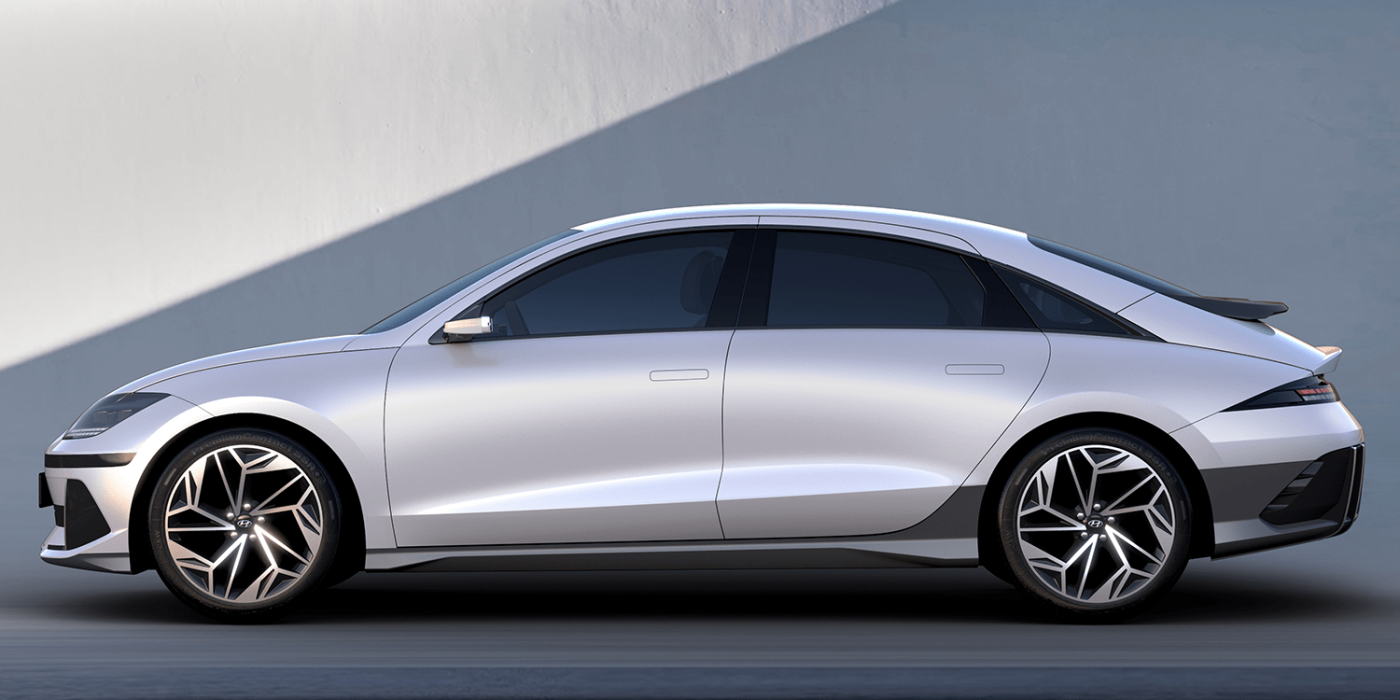
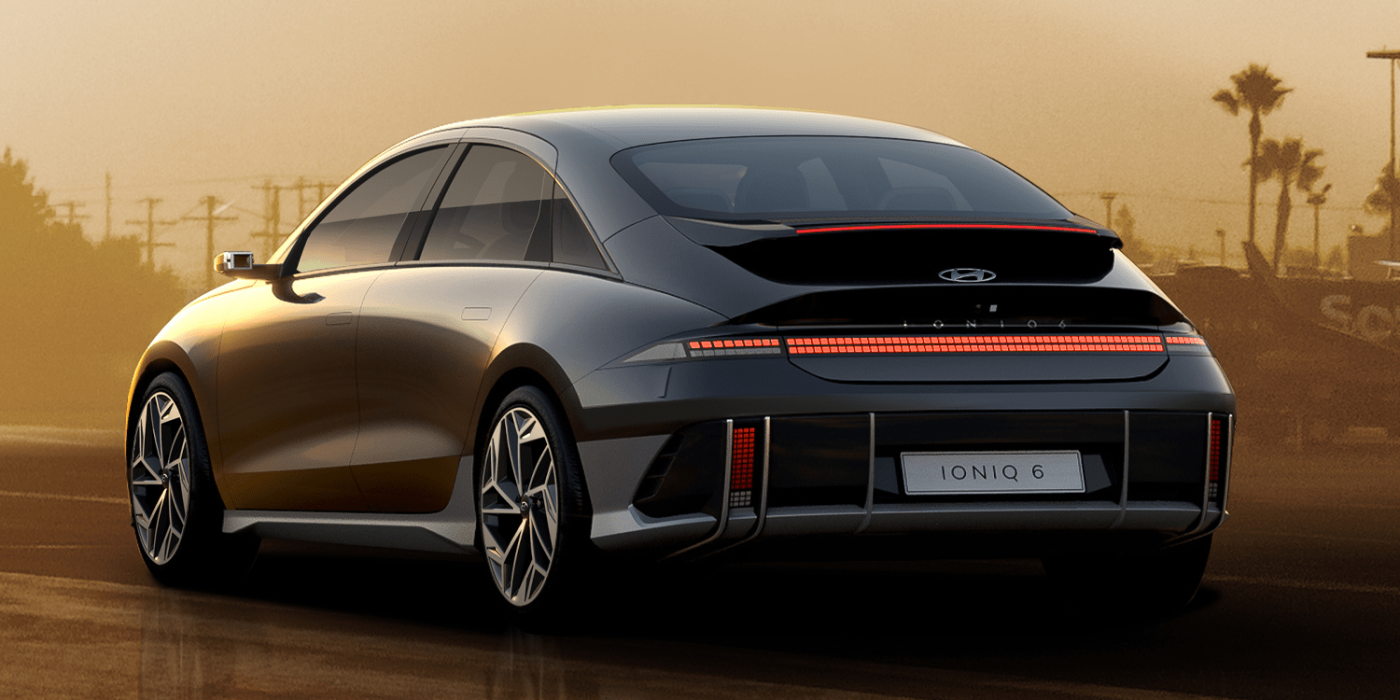
In addition, the Ioniq 6, like the Ioniq 5, has the vehicle-to-load function, in which various electrical devices can be supplied with power via the car’s charging port using an adapter. Alternatively, there is a 230-volt socket under the rear seat.
In an online press conference for the premiere of the Ioniq 6, Hyundai revealed a few more details. For example, there will also be a ‘My Drive Mode’, where customers can make their own settings beyond the predefined Sport or Eco modes. In addition, intelligent route planning with charging station allocation in real-time is announced. An important feature, as battery preconditioning before fast charging also works via route planning to an HPC pillar.
In the interior, Hyundai highlights that they have now installed four USB-C and one USB-A port, in addition to the aforementioned 230-volt socket. This should also allow the interior to become a mobile office: The centre console is designed in such a way that it can also serve as a shelf for a laptop or tablet when the car is stationary. Incidentally, there are no more buttons and switches on the inside of the doors; the electric windows are located in the centre console.
Thomas Schemera, Global Chief Marketing Officer and Head of Customer Experience Division of Hyundai Motor Company, also emphasised that the focus was on a “stress-free driving experience”. The manager stated that the target group was “not only singles and couples, but also families who appreciate design and individuality”.
Incidentally, Hyundai does not see a direct competitor model for the Ioniq 6. “I don’t want to be arrogant to say that there is no competitor. From the customer’s point of view, there are of course other e-limousines on the market,” Schemera said. “But looking at the design, the range and the concept of the vehicle with a focus on efficiency, we don’t see any direct competitors in the segment. The Ioniq 6 is unique.”
Hyundai is not naming prices at this stage, this is to be done before the market launch. Production in South Korea is scheduled to start in the third quarter of 2022, with Europe boss Michael Cole planning to launch a pre-sale in some countries towards the end of Q3. In South Korea and Europe, the first vehicles are to be delivered this year, but larger numbers and the US launch are not expected until 2023.
What will then be missing from the Ioniq 6’s surcharge list is the solar roof familiar from the Ioniq 5 – even though the Ioniq 6 is so trimmed for efficiency. The decision against the solar option was made after long discussions in the design and development department and not because of the efficiency idea: The solar roof simply requires more installation space. In the CUV Ioniq 5, the space was available, but in the flatter sedan Ioniq 6, the solar roof would have restricted the headroom too much, according to the developers.
With reporting by Sebastian Schaal, Germany.
Source: press conference live stream, hyundai.news

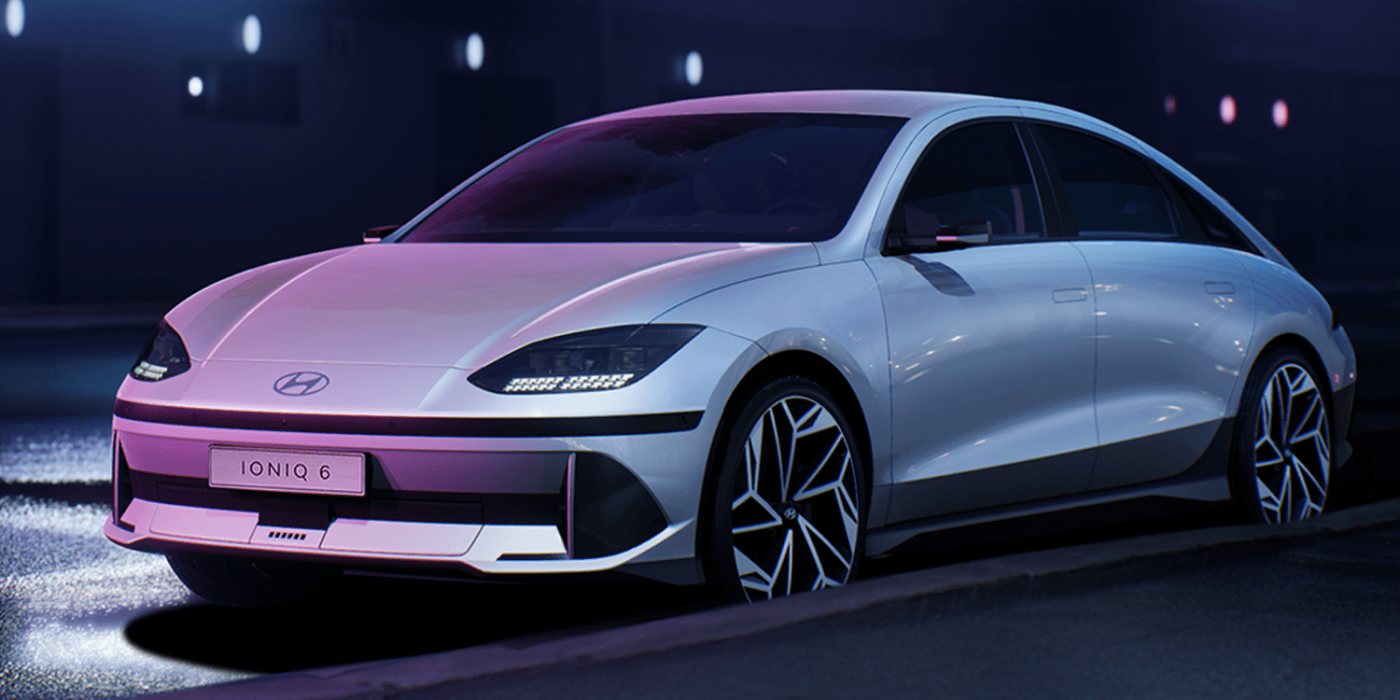
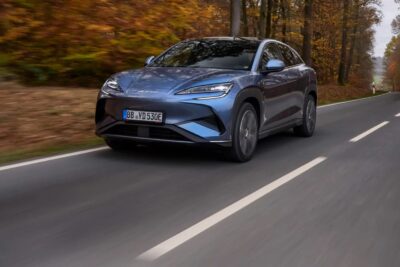
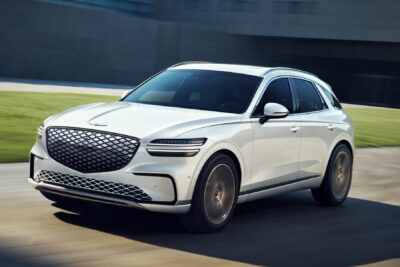
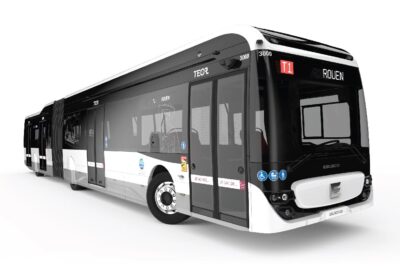
0 Comments